Ghislaine, Goons, and Graft
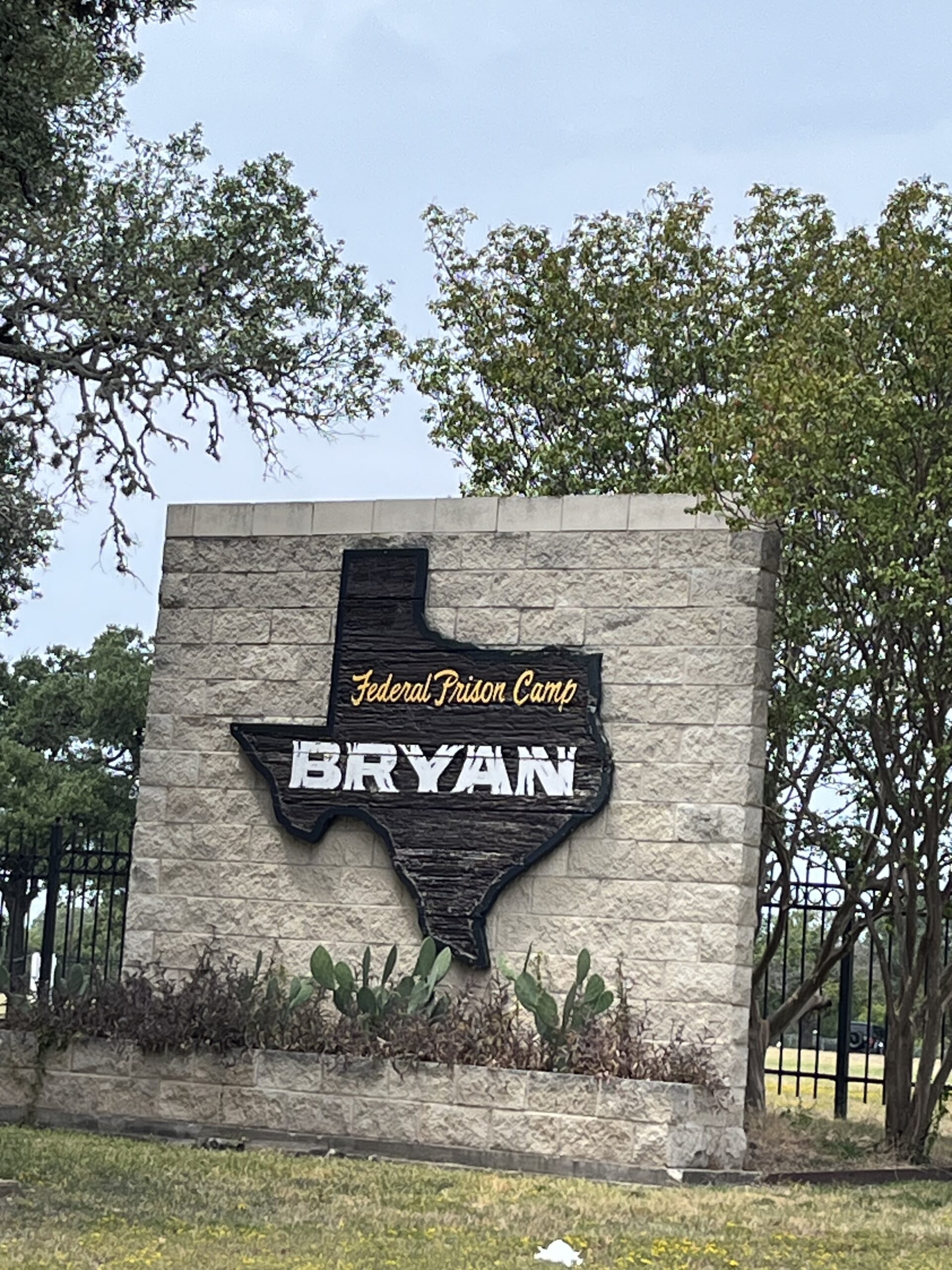
How prisons become stages when the powerful fall from grace
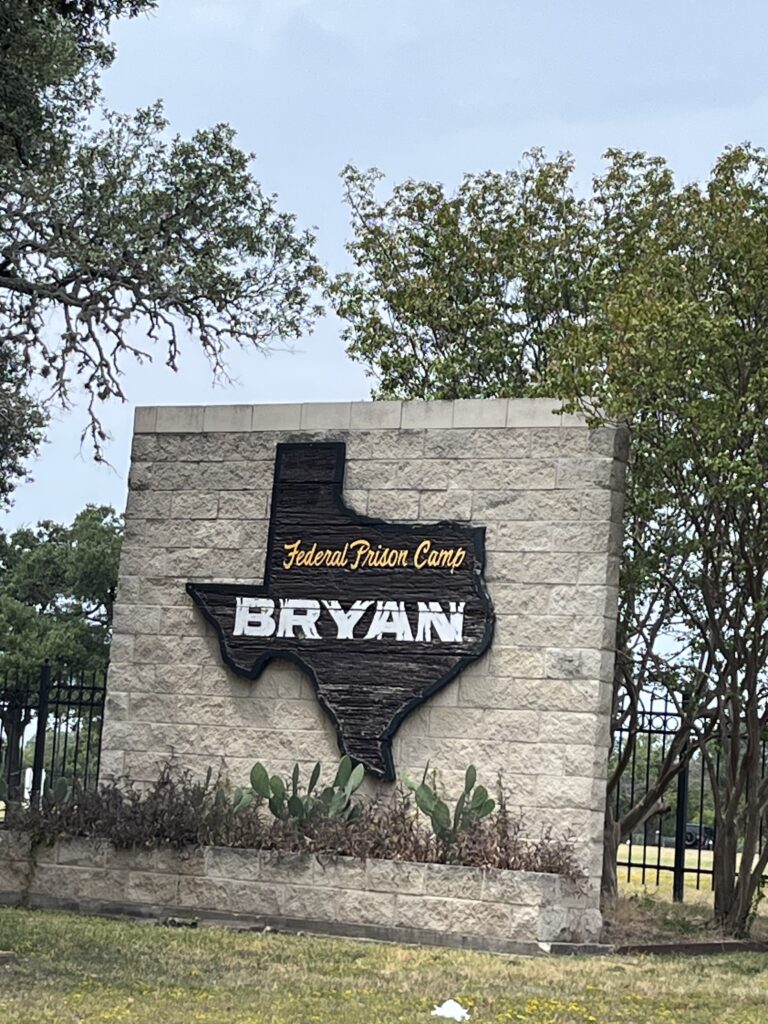
A Visit to the Prison
On August 19, 2025, we took a drive out to the prison where Ghislaine Maxwell is now serving her sentence. On the surface, it was just another correctional facility tucked away from public view. But standing there, it felt like more than a prison — it felt like a stage. A stage built to reassure the public that justice had been done, while at the same time hiding the deeper realities of who really gets punished in America, and who doesn’t.
The Illusion of Respectability
From the front entrance, the prison almost looks respectable. A neatly kept wrought iron fence frames the property, free of razor wire or obvious signs of unfriendliness. If you only saw that side, you might think of it as just another government building, bland and orderly, nothing to raise suspicion. But if you drive around the perimeter, the illusion cracks. There, the chain-link fences rise high, laced with razor wire and draped in black privacy screens. It’s the kind of fortification you’d expect around a military base, not a facility still labeled “minimum security.” The front projects legitimacy. The sides and back scream secrecy and control.


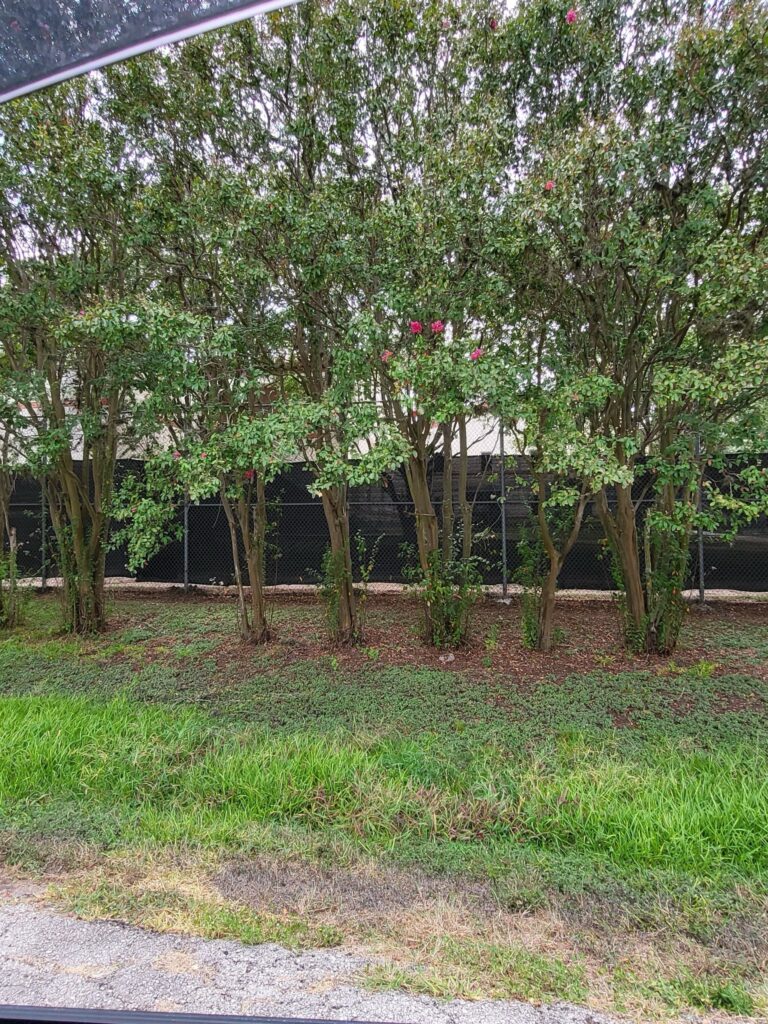
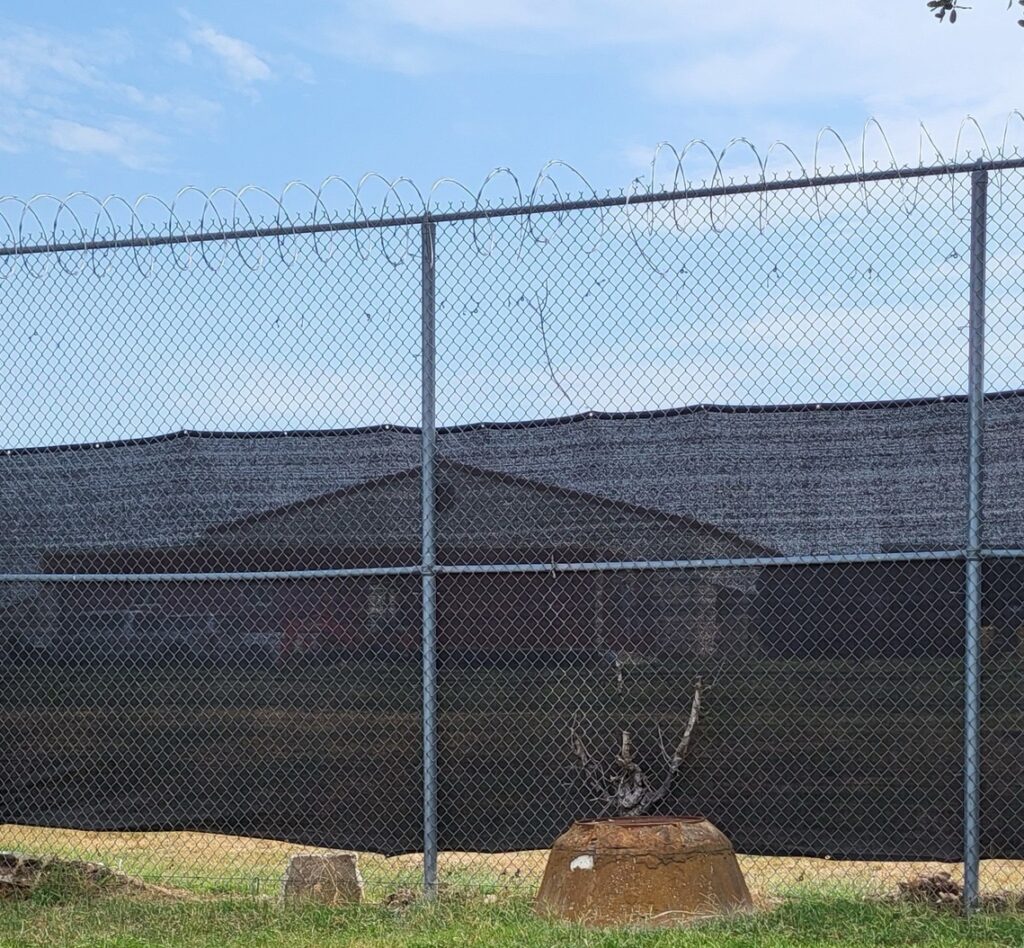
A Neighborhood Without a Voice
One of the neighbors we spoke with confirmed what we suspected. The razor wire and privacy screens weren’t always there. “They put all that up right before she got transferred here,” he said.
That same neighbor told us something else that stuck with me: when the government first turned this former school into a federal prison, the community wasn’t consulted. No meetings, no hearings, no chance for input. The Bryan City Council never gave the neighborhood a voice. Instead, the facility was dropped right into the middle of a predominantly Black and Hispanic, working-class community. The man we spoke with lives directly across the street — maybe twenty feet from the gates. Imagine walking out your front door every morning to the sight of barbed wire and black privacy screens, armed guards patrolling where kids once went to class.
For the people who live here, Maxwell’s presence isn’t just a headline or a courtroom drama. It’s an everyday reality of militarization, surveillance, and stigma, imposed without consent.
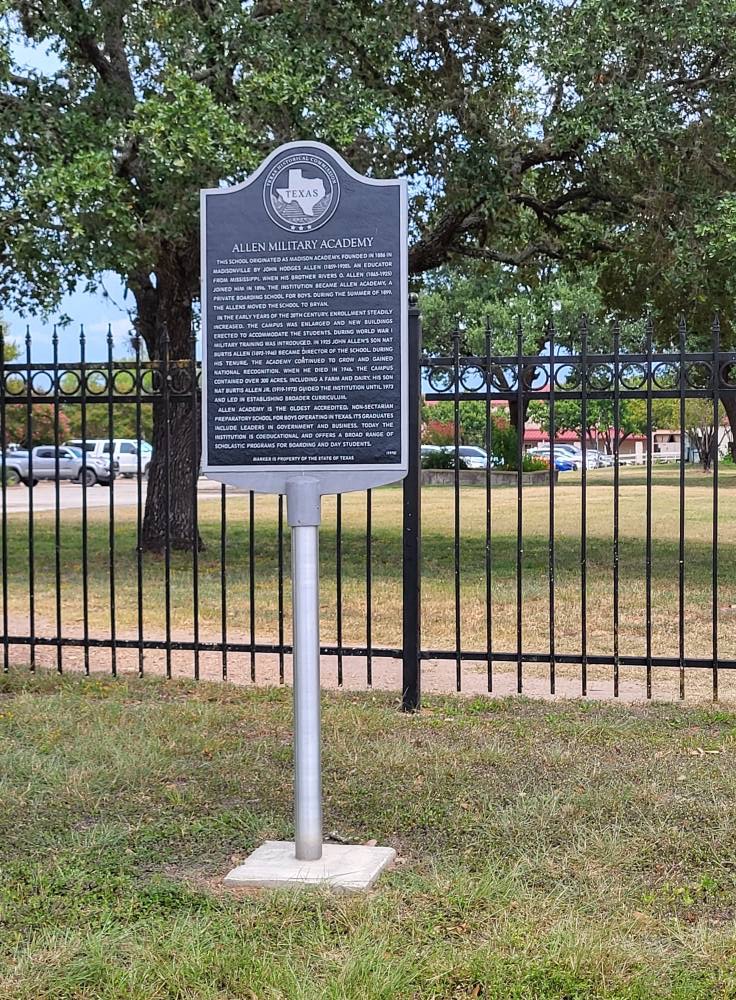
The Occupation Outside the Walls
The disruption doesn’t stop at the fence line. The so-called guards — or goons — patrol the neighborhood itself, rolling through the streets at all hours of the day and night.
Their presence isn’t just visible, it’s invasive. When we took a picture of one goon, he followed us for blocks, long enough to make it clear that he had probably run our license plate.
It’s the kind of intimidation tactic you’d expect in a police state, not a residential neighborhood.
For the people who live here, this isn’t just about a prison across the street. It’s about being watched, shadowed, and unsettled in your own community.
It doesn’t just feel like incarceration for those inside the walls — it feels like a low-level occupation for those outside them.

The Guards Who Aren’t Guards
And then there were the guards stationed at the prison itself. They weren’t in the khakis and polos you’d expect from federal prison staff. Instead, they looked more like ICE patrol: outfitted in heavy tactical gear, carrying military-grade weapons, and conspicuously lacking any visible badges or identification.
They weren’t there to be recognized. They were there to project force.
Standing outside the fence line, I had the uneasy sense that we weren’t just looking at a prison — we were looking at a stage-managed show of control, built less to contain one notorious inmate than to keep the public at bay.
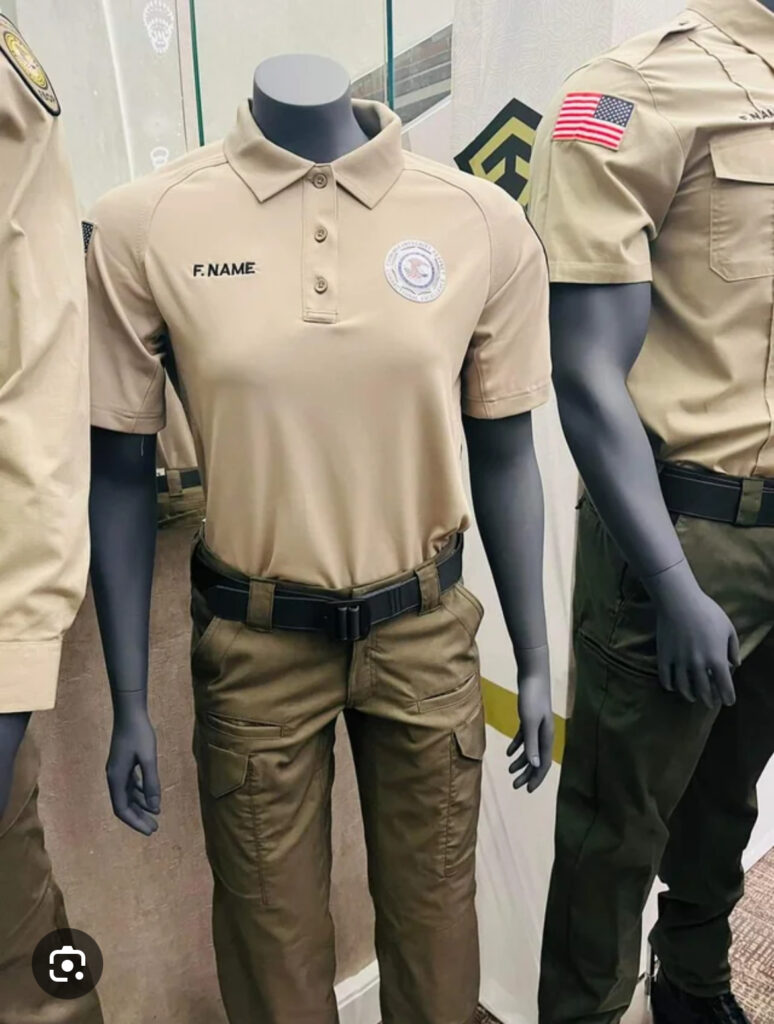
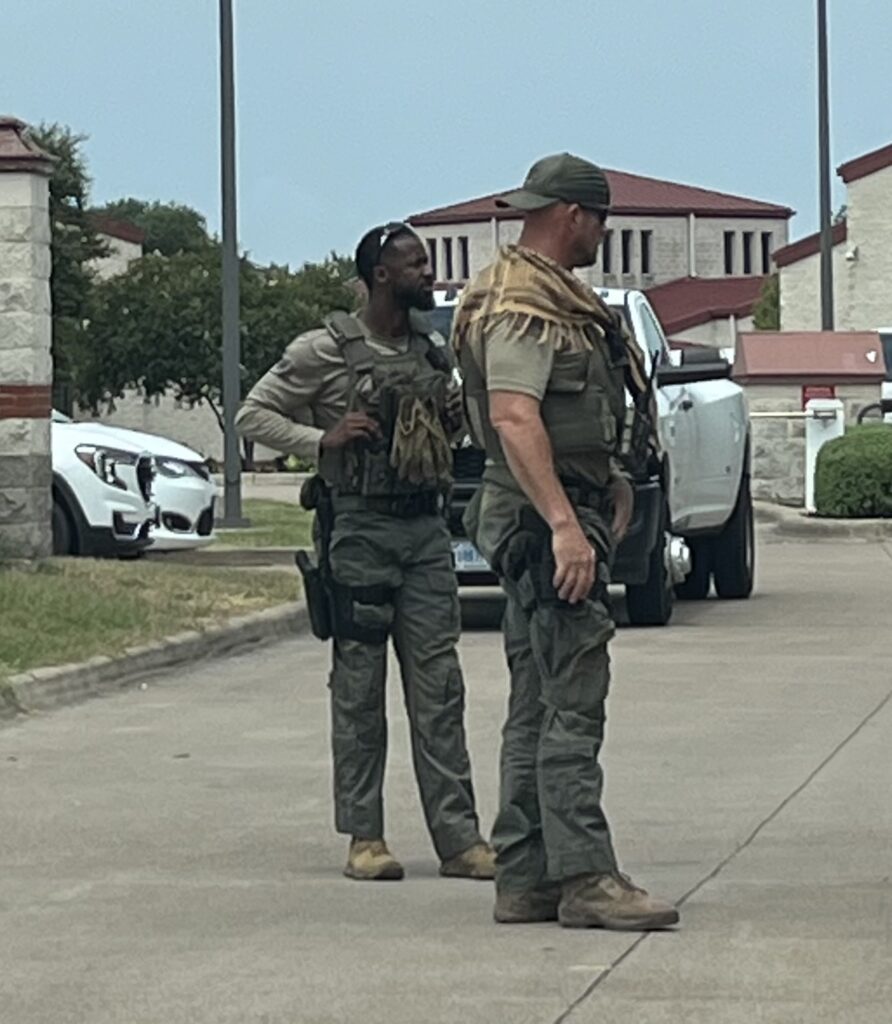

Theater, Not Justice
The whole setup felt less like justice in action and more like theater. The razor wire, the privacy screens, the tactical guards with no names — it all sent a message, but not the one the Bureau of Prisons probably intended.
This wasn’t about accountability. It was about optics. About projecting control, about reassuring the public that someone like Maxwell can’t slip through the cracks, and about insulating the system itself from scrutiny.
Because here’s the truth: prisons in America don’t transform like this for ordinary people. They don’t build new fences and bring in black-clad tactical teams for a shoplifter, or a drug possession charge, or the countless poor people who cycle in and out of these facilities every day. That kind of security theater is reserved for high-profile cases — cases where the government’s reputation is on trial as much as the individual inmate.
And that’s the irony. Maxwell may be behind bars, but the machinery that enabled her — the billionaires, the power brokers, the culture of wealth and impunity — remains untouched.
It’s a performance designed to convince us the system works, while the real graft goes unpunished — the corruption that ties wealth, politics, and power together in ways a prison sentence can’t touch.
Looking for More Insights?
Browse our collection of expert articles and guides.